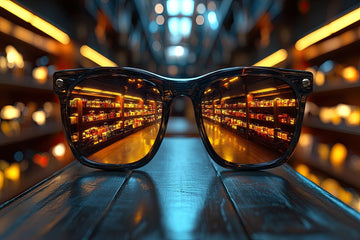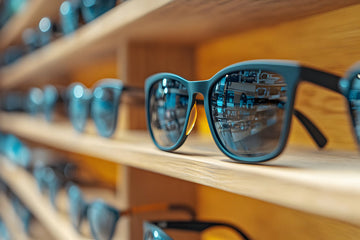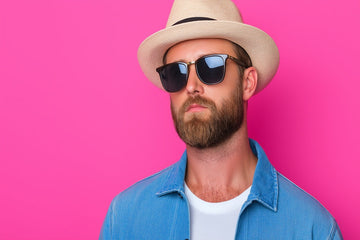What's the best way for snow sports enthusiasts to select the right pair of goggles to fit their needs?
- Over The Glasses Goggles – If purchasing OTG goggles, always wear them when trying on goggles. This helps ensure a comfortable fit and helps determine if goggles offer sufficient airflow to not fog glasses' lenses.
- Tints – This is also a necessary component when shopping for goggles. Tints help highlight landscape contours in varying light conditions. The most popular tints are yellow/brown or yellow, which generally are sufficient for all levels of sunlight. Warm colored lenses help increase definition, making it easier for skiers and snowboarders to distinguish icy spots, moguls, bumps and bare patches. Yellow lenses also help decrease and block blue light, which helps boost vision clarity. These types of goggles work well in the sun and in low-light fog. The East Coast has more overcast days, making yellow tinted lenses ideal for this location. However, the West Coast experiences sunny "blue bird" days. To accommodate these bright conditions, skiers and snowboarders should consider purchasing silver- or black-mirrored lenses.
- Helmet – If wearing a helmet, goggles should fit over comfortably, without feeling tight or pinching the face. Goggles should be able to rest on the top of the helmet but easily be pulled down to protect the face without feeling too constricting. The back of the helmet features an adjustable strap. Always purchase goggles that allow adequate room for future strap adjustments.
- Fit – No two pairs of goggles have an identical fit, which is why it's important for consumers to try on goggles to ensure a proper fit. If goggles are too loose, they won't protect eyes from the elements, such as wind and show. If they are too tight, they will feel constricting and extremely uncomfortable.
- UV Protection – Quality ski goggles offer protection against UVA, UVB and UVC rays. Polarized and mirrored lenses are ideal for goggles, as they prevent excess light from entering the eyes. They also help reduce glare, which is a common complaint among winter sports enthusiasts, as sun reflecting off the snow can easily decrease visibility.
- Anti-Fogging – Snow enthusiasts agree that there is nothing worse than being on the slope and having foggy goggles, which results in decreased vision. It's important that goggles have anti-fogging properties, as well as proper ventilation on the nose and sides to help reduce fogging.




